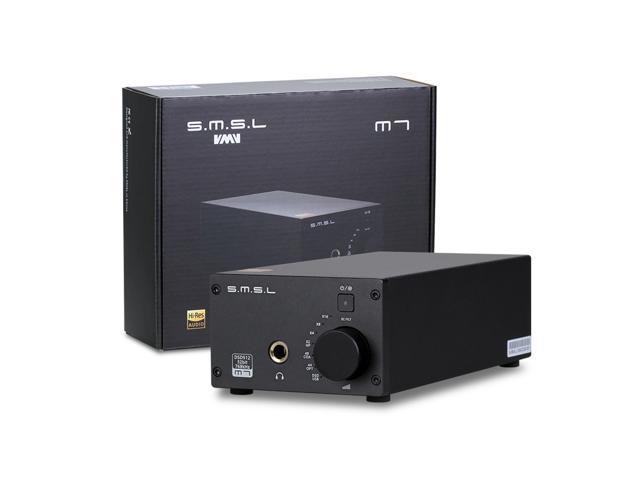
They would be low-temp and little to be afraid of. There are some capacitors and low-power resistors underneath.
#Use xscope without xtimecomposer xmos code
Idle current consumption as it comes out of the box USB 5V is about 75 mA (→375 mW). Measured with no code and when not connected to xTIMEcomposer.

Older 1A Apple iPhone USB power adaptors seen Notes 1: Some detail Introįig.1 – XMOS xCORE-200 eXplorerKIT idle current measurement. Also, my non-association with XMOS, see here. Standard disclaimer, this is just for fun. You may even want have a glimpse first at Notes 5: WiFi sliceCARD with TI CC3000 is doomed – if you are here for the WiFi part. Please study the whole table of context first, that may save you a lot of time if you are looking for something special. Then export from that box will be done over the RJ45 RGMII Ethernet connection, from an embedded web server. Such an RFM69 board is then also used in my xCORE-200 eXplorerKIT box that picks up those data. See this described in My aquarium’s data radioed through the shelf. For exporting data from the aquarium box I ended up with an RFM69 radio board that sends in the 433 MHz band. However, I dropped WiFi in all aspects of it. This note has ended up with more than “WiFi” since I also have included the XMOS general Embedded webserver library. It turned out to become an XMOS embedded WiFi blog note. I purchased two of these boards in the summer of 2017. This page is in group Technology (plus My XMOS pages) where I will try to add matters about my XMOS xCORE-200 eXplorerKITs that I haven’t found elsewhere. 8.5 MikroElectronica does ESP8266 and CC3100 based WiFi modules.8.3 TI CC3200 IoT WiFi has theirs and yours in one chip.


5.5 WELCOME TO THE SIMPLE WEBSERVER DEMO worked!.5.4 Importing sources from another directory.5.2.1 SPI_MO->SPI_DI, SPI_CLK, SPI_DO->SPI_MI, SPI_CS, SPI_EN, SPI_IRQ defines.5.1 XCore: Connecting a WiFi sliceCARD to xCORE-200 eXplorerKIT?.5 Notes 3: WiFi sliceCARD via PCIe/GPIO?.


 0 kommentar(er)
0 kommentar(er)
